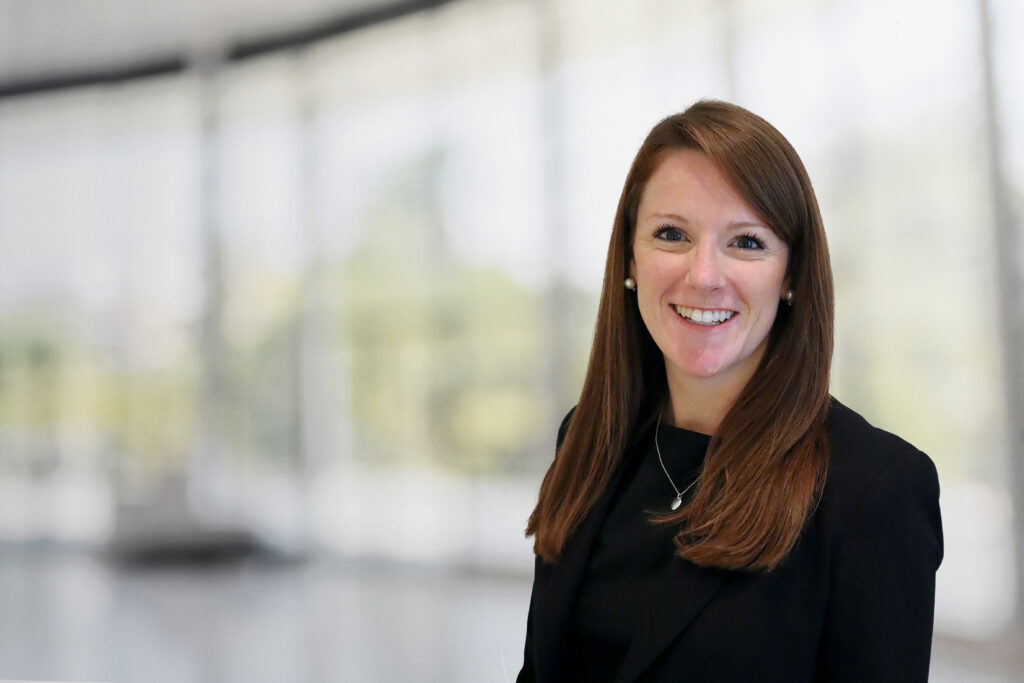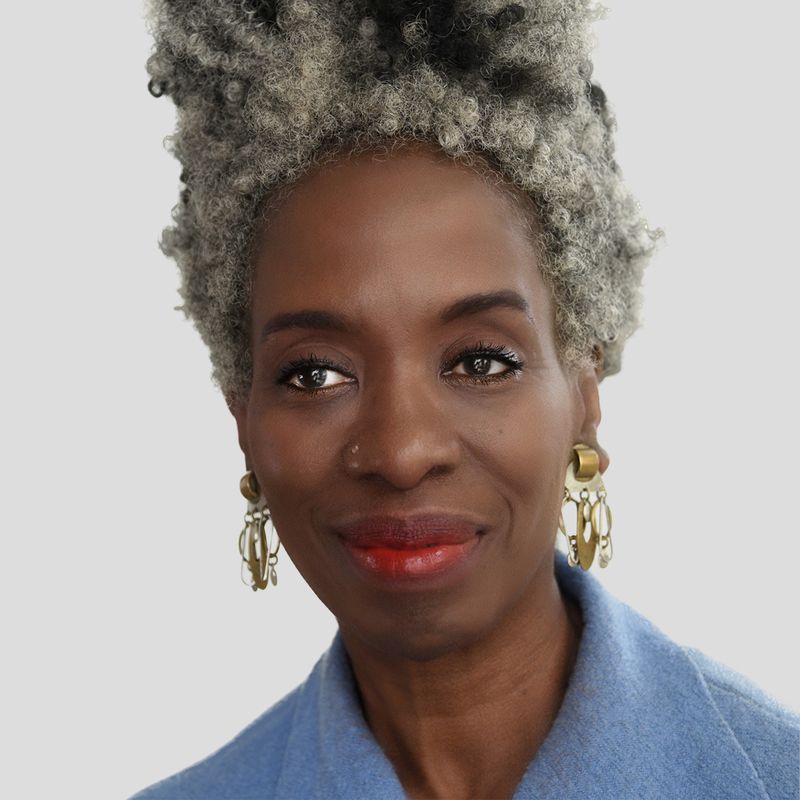The ‘active adult’ sector is fast emerging, experts agreed at the ‘Senior Living – What we can learn from the US’ market briefing, organised by the Senior Housing and Healthcare Association (SHHA), which took place online yesterday on Real Asset Live.

“There’s an increasing demand for choices other than traditional senior living settings”
Jennifer Dixon, Founder & CEO, JD Solutions Group
“There’s an increasing demand for choices other than traditional senior living settings”, said Jennifer Dixon, Founder & CEO, JD Solutions Group. “New options are becoming available that are choice-driven, rather than needs-driven, new asset classes that require different types of operating platforms”.
Older people no longer want a stark binary choice between living in their own home or in a care home.

“We’ve seen a shift in the US to more independent and assisted living products, giving people more choice.”
Caryn Donahue, Head of Senior Housing Transactions, Healthcare & Senior Living, Savills
“We’ve seen a shift in the US to more independent and assisted living products, giving people more choice”, said Caryn Donahue, Head of Senior Housing Transactions, Healthcare & Senior Living, Savills. “Europe is not there yet and often nursing homes are the only option”.
The biggest challenge to a similar evolution in the UK and Europe is “the scale and quality of operators”, she said, and the fact that investors see the light-touch services model as a riskier asset class.
But given people’s preferences, the direction of travel is clear.

“Seniors are not one homogenous group. People in their 60s are very different from people in their 80s and have different needs and expectations.”
Elizabeth White, Founder, NUUAge Coliving.
“Seniors are not one homogenous group”, said Elizabeth White, Founder, NUUAge Coliving. “People in their 60s are very different from people in their 80s and have different needs and expectations”.
In the US the average age of people in a care home is 84-85, three quarters of residents are women and many have some kind of memory impairment.
“People are living longer than ever before, but public perception has not kept up with these changes”, said Dixon. “We need to educate people on what the various options are in later life. Even in the US there’s a long way to go to make people understand the difference between senior housing and assisted living”.
Whether it’s independent or assisted living, co-living or a rental model, older people need to be given a variety of choices on how to spend their later years.
“We’re seeing an emergence of renting, which suits some people but not everyone, as it can be a cultural barrier for people who’ve always owned their home”, said Donahue. “Needs differ, so it’s important to give seniors options”.
There are differences between age groups but also differences between States in the US.
“The most successful investors and operators have realised that there’s a lot of market research to be done”, said Dixon. “Something that works in the mid-West will not fly in Washington DC, so you have to do your due diligence”.
The same applies to countries in Europe, where people’s preferences and cultural attitudes can be very different.
“It is definitely a challenge”, said Donahue. “It makes it very difficult for investors to have a Pan-European strategy”.
Author: Nicol Dynes
Source: Real Asset Insight
